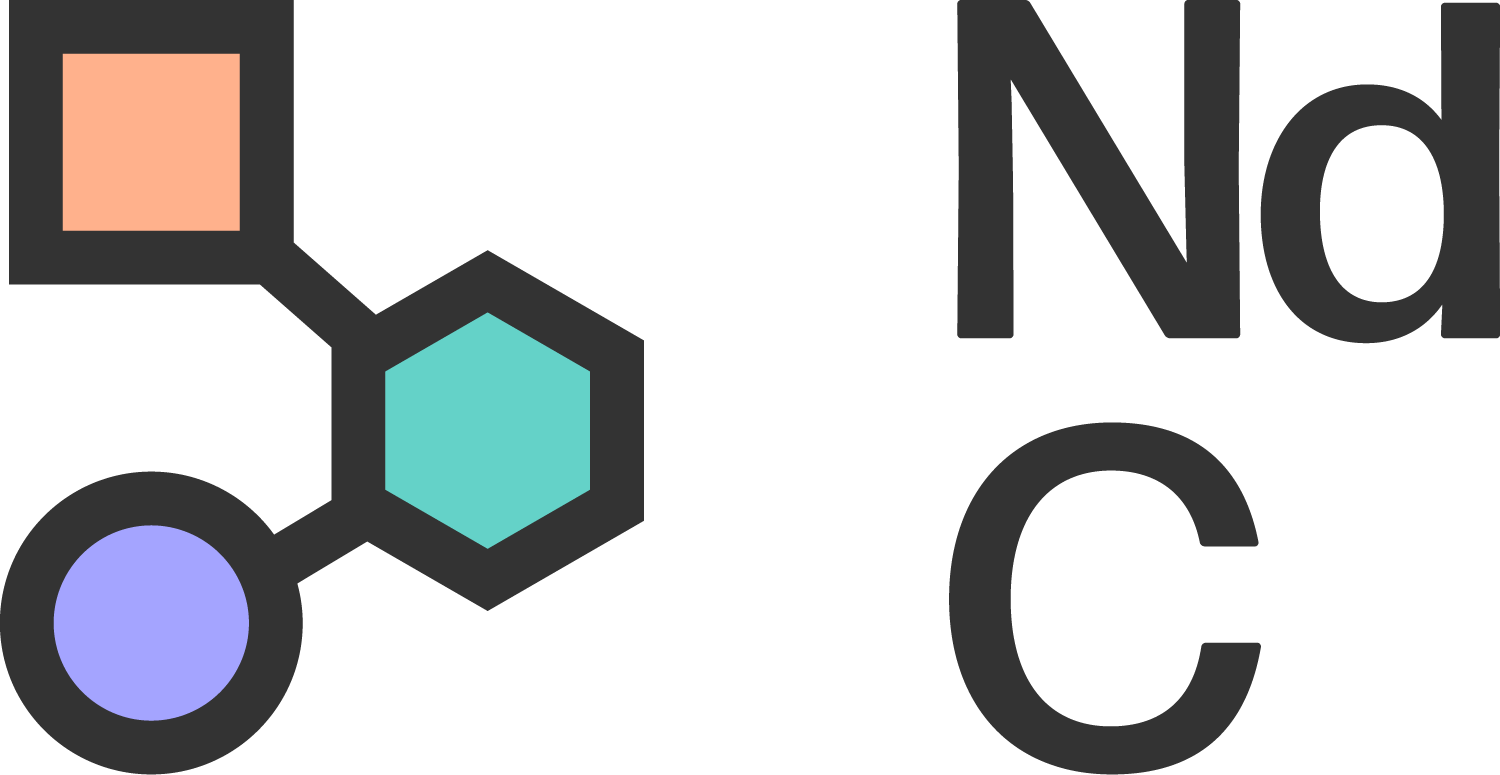
Atypical Social Communication is Associated with Positive Initial Impressions Among Peers with Autism Spectrum Disorder
Granieri, McNair, Gerber, Reifler and Lerner (2020)
This study looked at how social communication differences in autistic children—like eye contact and facial expressions—affect forming friendships with other autistic peers. It found that these differences actually helped autistic children make better first impressions with each other and build friendships. This challenges the idea that such behaviors are only problems and suggests that trying to change them in social skills training might do more harm than good.
Disclaimer: uses deficit-based language.
Atypical Social Communication is Associated with Positive Initial Impressions Among Peers with Autism Spectrum Disorder
Granieri, McNair, Gerber, Reifler and Lerner (2020)
This study looked at how social communication differences in autistic children—like eye contact and facial expressions—affect forming friendships with other autistic peers. It found that these differences actually helped autistic children make better first impressions with each other and build friendships. This challenges the idea that such behaviors are only problems and suggests that trying to change them in social skills training might do more harm than good.
Disclaimer: uses deficit-based language.






